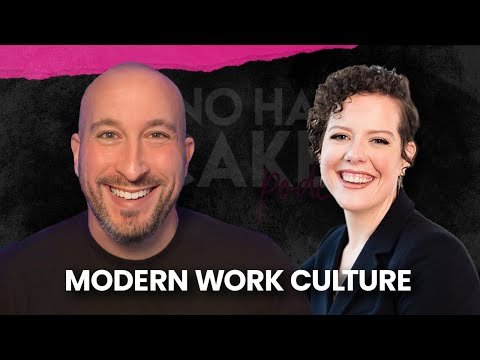Unlocking Team Potential with the McLaughlin Method
What is the McLaughlin Method? At its core, it is a blend of best-in-class techniques across learning and development, human performance, behavior, and motivation, all tied back to business strategy and outcomes. The primary focus of the methodology is moving from theory into action through people, because people equal performance. The signature element of the McLaughlin Method is infusing applied theater techniques into facilitation and workshops.
These theater techniques combine familiar concepts like using improv in corporate settings. Improv is historically used as a brainstorming tool, a creativity generation tool, and for general support within a group. One of the key principles you might have heard of is the concept of "yes, and." When someone offers a suggestion, you say "yes," and then add to it, showing support for your team member's ideas. This contrasts with the often-used "yes, but," which tends to add qualifiers and can undermine genuine support.
Another concept frequently used in improv for idea generation is "exploring and heightening." This means giving yourself the freedom to remove all boundaries, allowing your creativity to potentially go to crazy places. By exploring and heightening suggestions, you can further delve into scenarios or offers made by your team members, making them bigger or more fantastical. The purpose is to bring about new ideas and turn off our fears about being “perfect” or judged for our ideas. After all, the most innovative solutions to problems initially look “crazy” at the surface.
Playing games, laughing together, and messing up are all integral parts of these exercises. All McLaughlin Method workshops start with these fun game elements because they are great icebreakers and usually include a bit of movement, which helps activate different parts of our brains.
The McLaughlin Method goes beyond traditional improv by delving deeper into the core of group dynamics and relationships, focusing on emotions. Emotions drive the actions we take, and these actions drive the results we get. This is the crux of people equal performance: people with emotions take actions and achieve results. Most organizations have results, but they might not be the desired outcomes. The missing link is often the emotional component driving the actions we need our people to take.
Every organization is hyper focused on results. Whether it is revenue, customer retention, profit, or something else, those results are business goals. All business results derive from work completed by people. When we feel good at work, we share ideas freely, we invest our time and energy into our work, we raise concerns, and we are more proactive. When we feel bad at work (for whatever reason), we delay, we resist change, we avoid things or people that feel difficult, and we miss deadlines. Emotions at work could not be more important to look at. Need to change the results you’re getting? Look back at the emotions going on.
For a long time, our cultural views on business have excluded emotions from the workplace, often to the detriment of women, who are more in touch with and more likely to express their emotions. Men – conditioned to suppress their emotions – find it socially acceptable to express only anger. Our society doesn't cope well with emotional displays, and talking about emotions is not a widely possessed skill. The language we use about emotions is primitive, despite there being thousands of words to describe our feelings. The McLaughlin Method leverages theater techniques to create a safe place where emotions can be explored without the limitations of language.
One technique we use is image theater. Participants create images with their bodies in response to prompts, such as an activity they do regularly as part of their job. We start by having everyone create an image at the same time to avoid putting anyone on the spot. Observing and discussing these images helps participants understand each other's experiences and emotions. Adding an emotional layer to these images, such as how they really feel about the activity, deepens this understanding and fosters empathy.
For example, we had a workshop where all team members felt underappreciated for the work they do and felt disconnected from each other. We used these exercises to create and observe each other’s images. Participants had rich discussions about their assumptions and expectations of others. By stepping into each other's shoes, participants began to appreciate the diversity of experiences and roles within the team, realizing they were not so different after all.
The results of the McLaughlin Method are significant. Eighty percent of participants feel more supported and connected, and 93% feel valued by their company as a result of our workshops. All participants report having fun, which is crucial for building a positive and collaborative team environment. Once we feel supported, connected, and valued on our teams, we take actions that get the results our company needs.
The McLaughlin Method is used in team-building workshops, conflict resolution interventions, and skill development workshops. We help teams recover from past conflicts, navigate organizational changes, and build resilience. By addressing both the emotional and practical aspects of team dynamics, we help organizations achieve their outcomes and goals.
The McLaughlin Method is about unlocking the potential within your team by fostering empathy, open communication, and collaboration. By blending theater techniques with business strategies, we create a dynamic and supportive environment where teams can thrive. Experience the transformative power of the McLaughlin Method and take your team to the next level.
TAKE ACTION
Ready to see the impact for your team?
“Once you break past your own limited worldview and lens, your awareness changes. Awareness is the first step towards behavior change.”
(c) 2019 - 2024 Katie McLaughlin, McLaughlin Method













